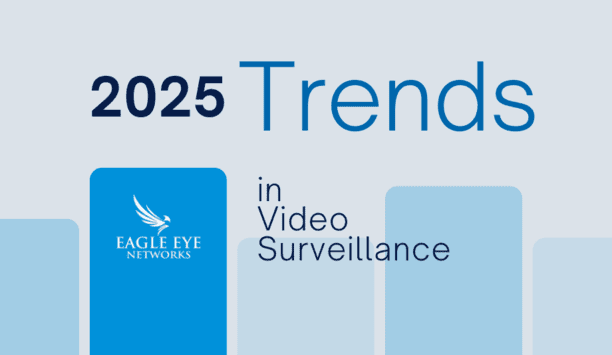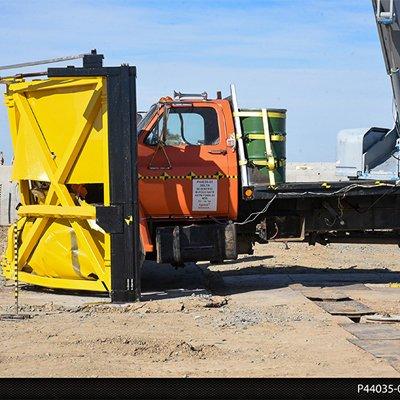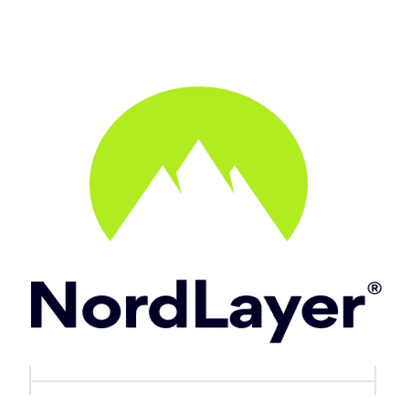SourceSecurity.com recently caught up with Jonas Andersson, business development director at Axis Communications, to talk in more detail about Axis' ground-breaking co-operative agreement to work collectively with Bosch and Sony on the development of a standard network interface for network video products. The resulting collaboration, now called Open Network Video Interface Forum (ONVIF), will strive to develop an open industry standard and is inviting would-be participants to register via www.onvif.com.
SourceSecurity.com: How did you arrive at the decision to drive for these standards with some of your competitors?
Jonas Andersson: We are talking with our competitors about various industry issues much of the time and it was clear to us that co-operation in agreeing, and some cases creating, network layer standards is now important to help take the network video market to the next level. These standards will enable communications interoperability between network cameras, video encoders, video management systems and other networked security systems regardless of manufacturer.
SourceSecurity.com: What exact communications issues will the standards resolve?
Jonas Andersson: We aim to agree standards for all types of control of a camera including video streaming, device discovery, PTZ control, encryption of data streams, intelligent meta data and other user handling capabilities. The intention is to lay out precisely what standards we will be looking to set in a framework.
SourceSecurity.com: What do you think will be the impact of having these standards in place, once they are agreed?
"Having a single standard for device discovery will mean that installers will be able to select ‘best of breed' solutions for specific applications" |
SourceSecurity.com: Do you need to understand the ‘IP Stack' in some detail to understand where you are looking to create standards?
Jonas Andersson: Not really. Suffice to say that these standards are in the Network layer of the IP Stack (the layer that is responsible for source to destination data packet delivery). The great thing is that many of these standards are already out there. Take the H.264 and MPEG-4 part 2 compression algorithm standards for example. In this and several other instances, it will be simply a matter of agreeing the default standards that cameras should be set to. This will reduce the amount of configuration work that installers will have to do considerably and make life easier for traditional security installers with little grounding in network integration, something we need to bear in mind in several European markets including the UK.
SourceSecurity.com: What will the Framework mean?
Jonas Andersson: The Framework will determine precisely which standards we are going to drive first. It will determine what problems we are addressing as a matter of priority.
SourceSecurity.com: How will you be collaborating with existing standards bodies? How will you avoid overlap?
Jonas Andersson: We see organisations like CENELEC [European Committee for Electrotechnical Standardization] in Europe and the SIA [Security Industry Association] in the US as important organisations in terms of defining what standards are needed. We see our initiative dovetailing well with the work of these bodies because they will be defining what to communicate between different devices and we will define how it shall be done at the network layer which enables more uniform interoperability between network video devices.
SourceSecurity.com: Why is Axis driving for this change? Won't it increase competition in your market?
Jonas Andersson: We have always believed in an open market and that it will be beneficial for network video. That is why we have always made open Application Programming Interfaces (APIs) freely available to our network cameras and run a global Application Developer Programme (ADP) to encourage the software developer community to build applications for our cameras and encoders.
"Hammering out these standards must therefore be seen in the context of clearing the roadblocks to the continued growth of the network video market as a whole" |
SourceSecurity.com: What will the drive for standards mean for CCTV-focused security installers, consultants, specifiers and managers of these systems in the UK?
Jonas Andersson: We hope it will stimulate end users and installers alike to look hard at IP-Surveillance as it becomes progressively easier to install and run these systems and as the technical hurdles melt away. The fact that once standards are in place they will be able to select best-of-breed products for all aspects of a security solution, as opposed to being tied into specific vendors, can only help encourage migration to IP-Surveillance.
SourceSecurity.com: How do potential participants get in touch?
Jonas Andersson: The forum is planning its first meeting for members and interested parties at the beginning of December 2008. The event includes sessions about the forum's activities, membership possibilities and technical direction. Once set, the date and location will be posted on ONVIF's web site at www.onvif.org.
SourceSecurity.com: Thank you for the insight, we look forward to receiving an update following the forum's planned meeting later on this year. 
Jonas Anderson
Business development director
Axis Communications


















